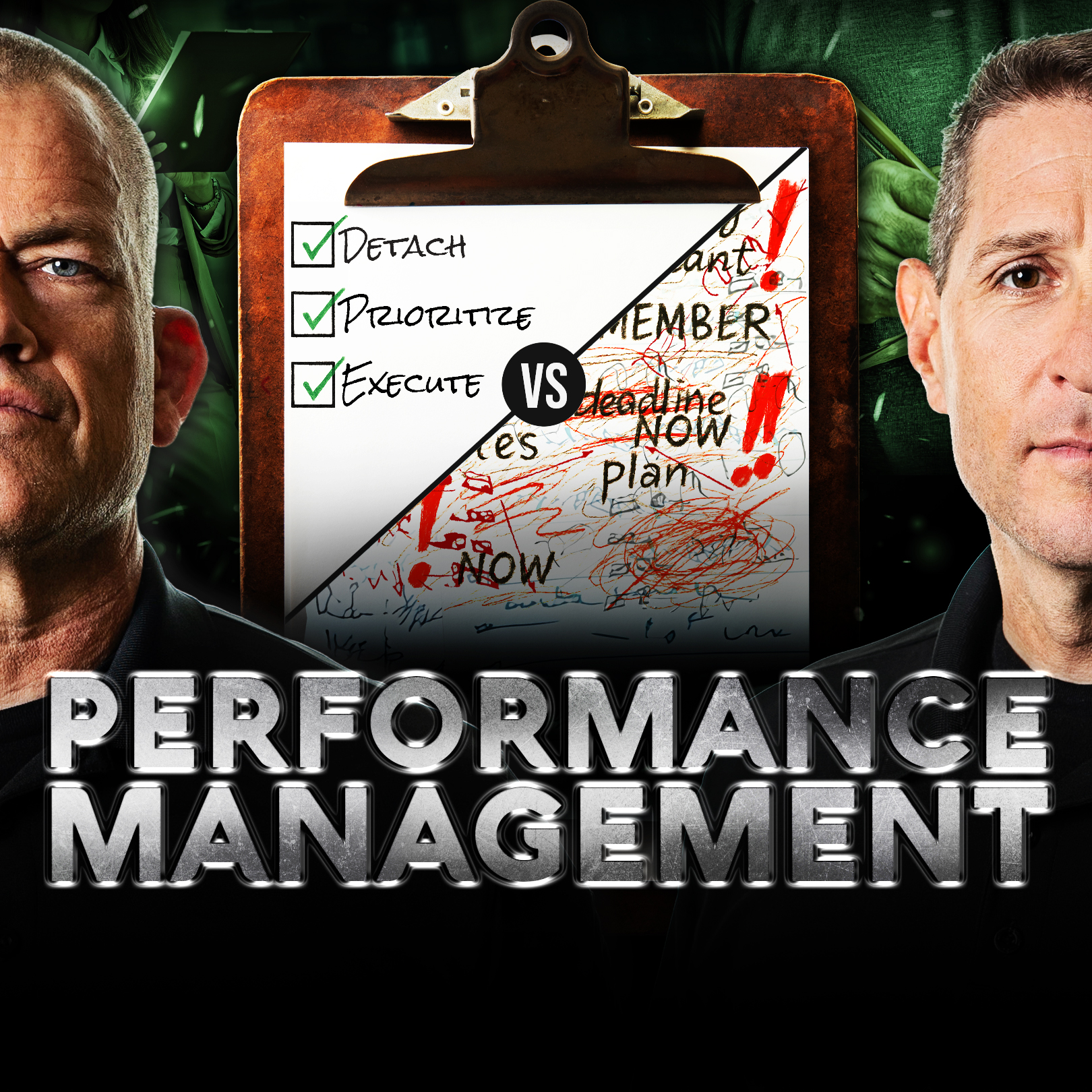Few things frustrate a leader more than poor performance. When there’s an individual struggling to do their job, it doesn’t just affect them. Their performance can undermine the team and hinder them from reaching their goals. After repeated attempts to get them on track, you feel like you’re out of options and find yourself looking for a solution and googling – what is performance management?
Traditionally, performance management is defined as monitoring, evaluating, and improving employee performance in alignment with business goals. This usually involves checklists, rules, formal reviews, and structured evaluations at the mid- and end-of-year. When an employee falls behind, their performance is managed more closely. But does this actually solve the problem?
What is performance management if it creates more problems than actual improvement?
Too many organizations focus on rigid evaluation processes instead of real leadership and development. The process of performance management complicates and frustrates every party involved – the employee, the leader, and the larger organization.
Rather than motivating employees, performance management can create uncertainty and anxiety. Stressed employees avoid bringing up issues out of fear of being penalized. Instead of striving for excellence, they focus on just meeting the standard. And in this high-stakes setting, no matter how constructive, feedback is often met with defensiveness. Rather than taking ownership of their shortcomings, they look for something to blame to excuse their weak performance.
For leaders, performance management can feel like an administrative burden. If their relationships with their team aren’t strong, formal evaluations can damage trust instead of driving improvement. And when leaders wait until an issue becomes serious before addressing it, performance management becomes a painful, reactive process rather than a proactive leadership tool.
What is Performance Management through the lens of Extreme Ownership?
A leader is responsible for everything on their team – especially their performance. At Echelon Front, we know that checklists, annual reviews, uncomfortable conversations, and bureaucratic processes don’t drive improvement. Leadership does. Performance management should be a tool to build accountability, align efforts with strategic goals, and create a culture of continuous improvement. But it should never be the first step.
First, you must ensure there is clear and open communication, built on strong relationships. Underperformance is often caused by a lack of clarity, inadequate training, or insufficient resources. You have to create an environment where your people feel comfortable to ask questions and request support. Leaders must create an environment where team members feel comfortable asking for help. Before assuming someone isn’t trying, ask yourself: Do they fully understand their role? Do they have what they need to succeed?
There are some rare cases where people may be lazy or struggling, but too often, this is our first assumption when people aren’t performing, and it’s the least likely answer.
When a team member isn’t meeting expectations, don’t ignore it. There is usually an underlying cause that requires more investigation. Don’t ignore the first signs of this declining performance. But don’t jump into a formal evaluation, either. The first question we ask shouldn’t be “Do you know what is performance management?” Instead, have a conversation to confront the problem early and ask earnest questions. Pull them aside and ask, “Hey, I saw you haven’t hit your numbers this month. Is everything okay?” Perhaps they have encountered unexpected obstacles and need more support. Maybe they have trouble at home – a sick child, marital stress, or a family issue that is affecting their focus. Start by listening to them and showing them that you care. When people trust their leaders, they are more inclined to put in the extra effort.
If the problems persist, escalation may be necessary. But this escalation should only happen after you have taken ownership of your role in the situation. Performance management becomes a burden when leaders wait too long to address issues. The earlier you intervene, the easier it is to course correct. This employee’s long-term performance will be. Start counseling early, and only increase your directness as needed. By leading proactively, you strengthen relationships, improve performance, and prevent bigger problems down the road.
What is performance improvement?
Performance improvement is the direct result of better leadership. When leaders take Extreme Ownership of their actions, their teams, and their outcomes, performance will improve.
At its core, performance improvement isn’t about chasing quick fixes or implementing surface-level processes. A relationship is the first requirement for performance management, but it is only the first of the tools at a leader’s disposal. Look for innovative ways to push your team forward rather than becoming complacent and settling for the bare minimum. Leaders should make this an ongoing objective because that’s how real change is enacted.
When leaders make performance improvement an ongoing priority, they create a culture where the team is constantly striving to get better. This starts with the leader’s own standards and the example they set every day.
Performance management doesn’t have to be a dreaded process tied to mid-year or end-of-year reviews. In fact, strong leaders can avoid those painful conversations and punishments by looking for opportunities to lead every day. Take ownership of your team’s results, build trustworthy relationships, and create a culture of performance improvement. That’s real leadership. That’s Extreme Ownership.



